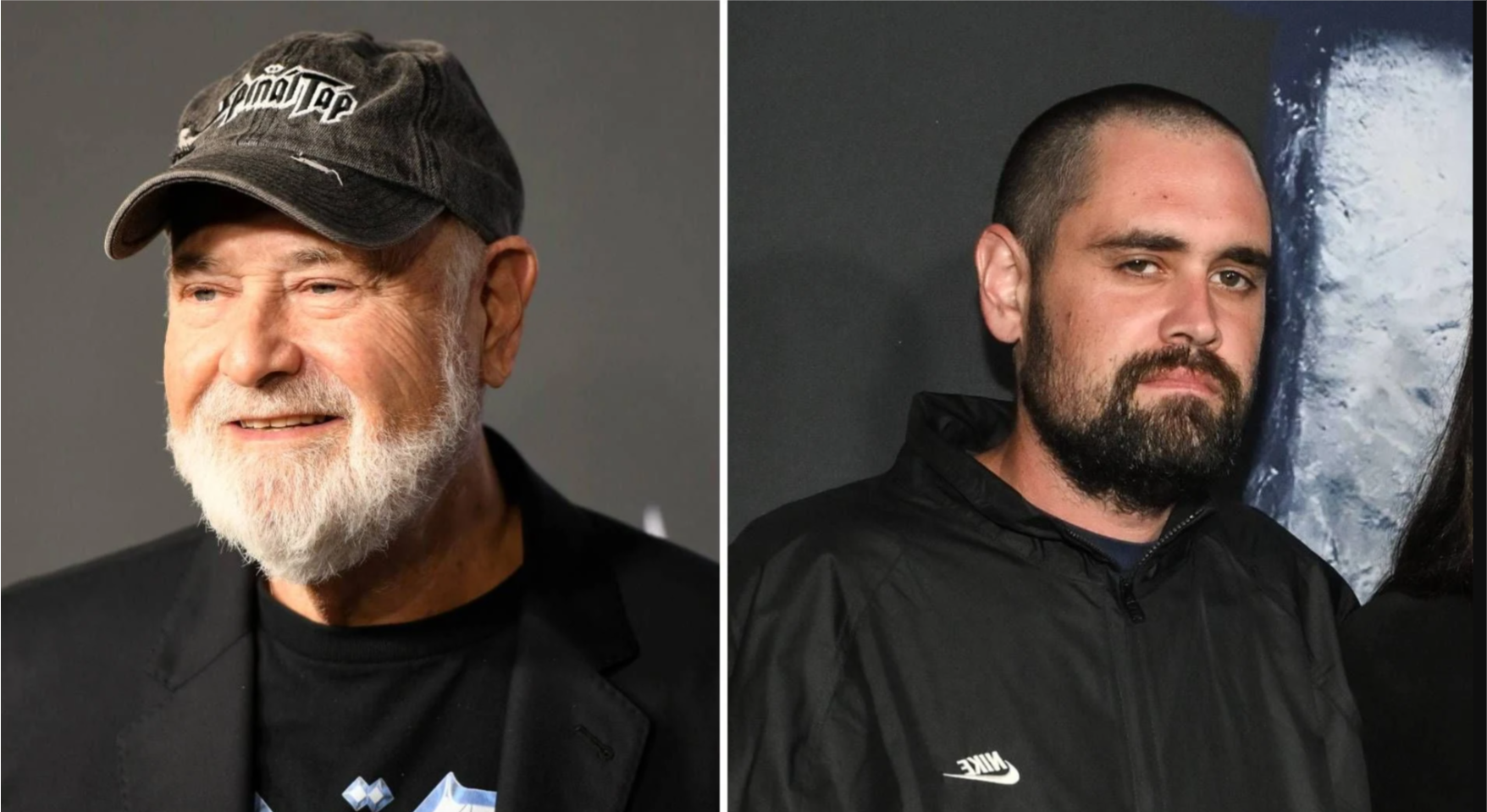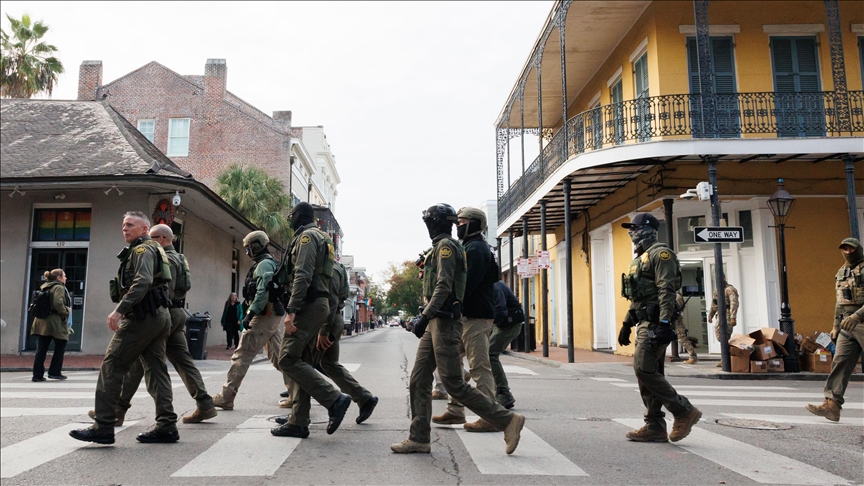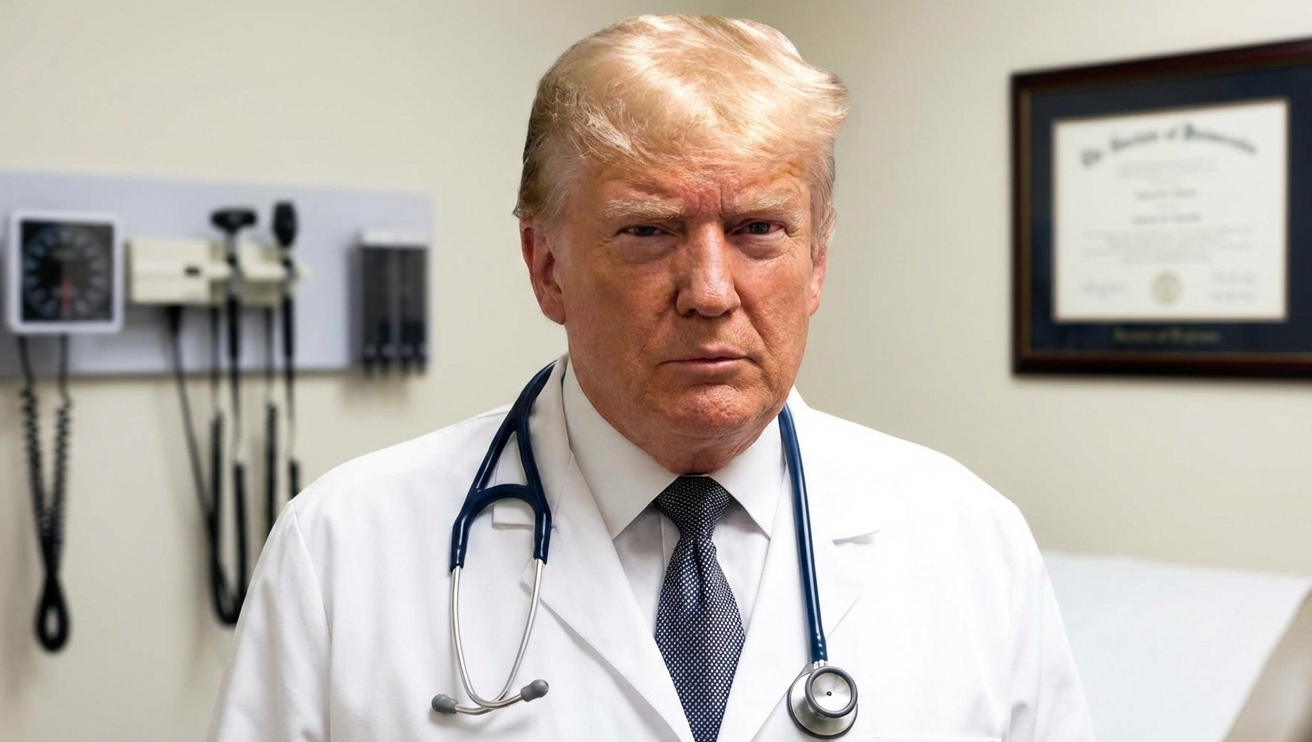(ThyBlackMan.com) You are a product of your environment and influenced by your atmosphere both consciously and subconsciously and many of us programmed to believe what is beautiful and what is not; mainly on the playing field of colorism. For those unaware, colorism is the discrimination of dark skinned people amongst their own race.
Although many nationalities have been affected by colorism; the African American community in the U.S. leads in the unfair hand that was dealt since slavery. We can trace it back to the Willie Lynch letter, a well-known slave owner by the name of Willie Lynch from the Midwest, which I quote: “you must use the dark skin slaves vs. the light skin slaves and the light skin slaves vs. the dark skin slaves.”
This was a generational embedding used to segregate and control the black population by age, intelligence, sex, height, size, and color. And Willie Lynch promised if you used his tactics you could control blacks for 300, even for 1000 years. And within that time frame of slavery was the birth of the minstrel era. A show geared towards making fun of black people as a whole; your dark skin tone, your plump features and the stereotypes that came with, as a popular comedy routine by whites and for whites.
Hardly a Century later your color determined which water fountain you drank from, where you sat on the bus, if you got hired for a job or never called back; but most of all determined your beauty. For centuries the closer you were to whiteness the better off you’d be. And sometime after the civil war ended the development of the so-called Blue Vein Society began. Members of this clique where of black background and in order to be a member of this group one’s skin tone had to be light enough for their blue veins to be visible.
The terms association also had to deal with blue blood, privilege and beauty. This also left darker skinned blacks at a lesser social scale.
Similarly the same tactics where used in the early 1900’s for thousands of establishments, including universities and church’s to decide if a black person was white enough to gain acceptance; famously known as the brown paper bag test.
A brown paper bag was used to see if an individual’s skin was the same color or lighter than the brown bag to be inclusive of the organization.
But what did it mean to the black community post segregation? The embedding continued even at the turn of the century and beyond—on the T.V. screen, the runway, commercials, music and other forms of media and especially in the streets. Whiteness was projected onto you constantly. And it did its job, leaving their ideals of what was considered beautiful to the black community. Black men and black women desired light skin whether it was a characteristic on a partner or an attribute they wanted for themselves—famously known as yellow and red bones.
Although the need to change one’s skin wasn’t as severe, the ideal transcended the U.S.A. for blacks, as 70% of the population of some cities in West Africa used bleaching cream.
Many generations of children can remember growing up and being made fun of for having dark skin, or being associated with an African because African was thought of as a negative thing.
Then the questioning began; asking a sister what she was mixed with because she had “good” hair. Good hair meant your hair was loosely curled, silky or anything opposite of kinky. Some would even say asking what a black person was mixed with was thought of as a compliment; because a pretty face equated to having European features and insinuating her beauty stemmed from her non-black side.
When it came to Hollywood numerous amounts of dark skinned people declined for roles even if it were for an all black cast. Some black T.V. shows and movies often promoted lighter skinned women as more attractive. Some conspiracy theorists would say they would purposely hire a non-attractive dark skin woman and hire an attractive light skinned woman to prove these points. Just look at Aunt Vivian on “The Fresh Prince of Bel-air”, one minute the aunt was dark skinned and the next she was replaced by a fair skinned woman; if anything why not replace her with a woman that resembled the original cast member? Or perhaps the undertone comparisons made on the sitcom “Martin” between Gina and Pam.
Fortunately a breakthrough has surrendered to the black community in all areas to recognize the beauty in our dark skinned brothers and sisters. Black women and men have taken advantage of many platforms to acknowledge our diverse beauty on Instagram, Facebook, Twitter, magazines and the big screen. But not to just glamorize our darkness, nor our lightness because one isn’t better than the other; but to glamorize beauty for what it was, regardless of the form of black that it took.
It was about time we stopped allowing the media to push what they thought was attractive and we started pushing back. As we close that void of trying to conceal our unique attributes that much of the world admires and thanking each other to waking up to our conscious selves, we are deprogramming the ideals of western European thoughts and reclaiming and defining our own.
…Much as the saying goes: “the blacker the berry, the sweeter the juice.”
Staff Writer; Zanzibar Jones
















Leave a Reply